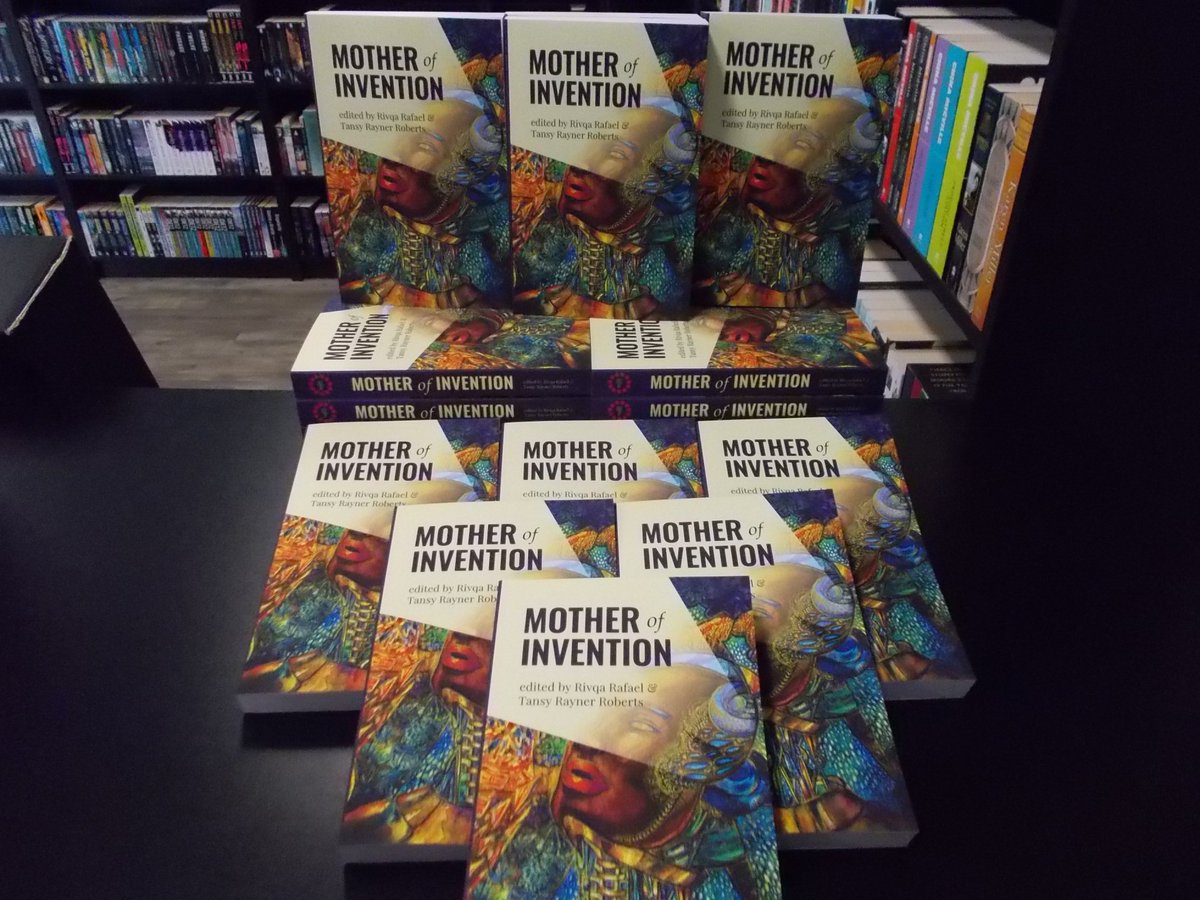


For most of two centuries "Frankenstein's Monster" has lived again and again, for stage and screen, through cartoon and parody, in toy shops and on cereal box-tops. Today nearly everybody knows – or thinks they know – the tale of Frankenstein: an unhinged visionary doctor who makes the crude shape of a man from grave-robbed body parts and brings it to life, only to reject his grisly creation and so incite it to seek his destruction. Several unlicensed stage versions had thrilled the rowdier London venues through the 1820s, and Shelley understood that polite society did wonder how a mere girl had conceived of "so very hideous an idea". By then she had possibly surmised that a novel she wrote when she was not quite 19 had begun to take on the poetic force of myth. " Thus Mary Shelley, prefacing the revised 1831 edition of her Frankenstein, or, The Modern Prometheus.

"A nd now, once again, I bid my hideous progeny go forth and prosper.


 0 kommentar(er)
0 kommentar(er)
